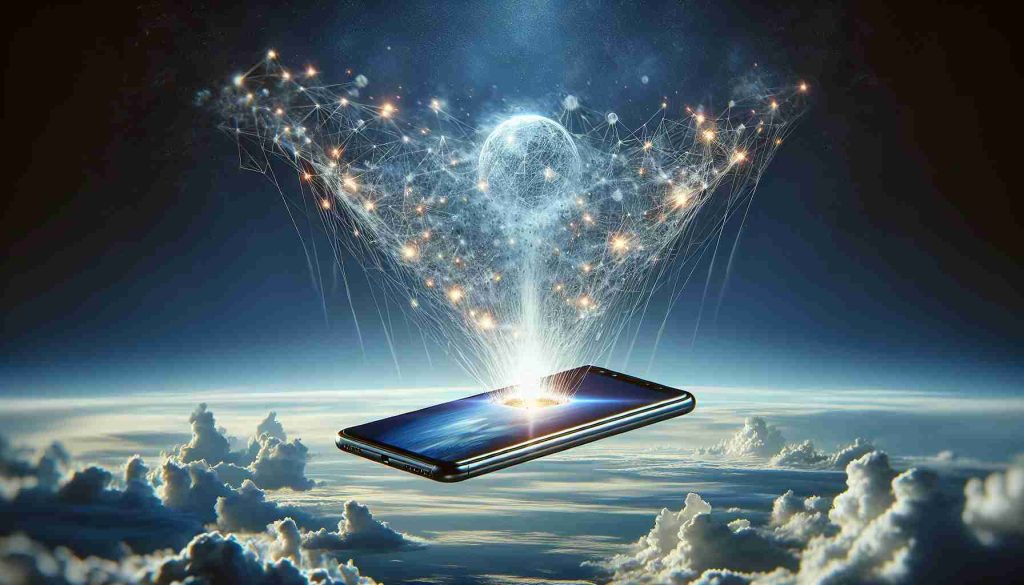
Imagine a world where losing signal in a storm, finding yourself off-grid in the wilderness, or being cut off during a catastrophe, no longer signals a communication blackout. Enter the theater of satellite-enabled smartphones: Huawei’s latest marvel doesn’t just cling to the coattails of network towers; it reaches for the stars, and into the infinite cosmos, for connectivity.
This isn’t a gadget from a sci-fi cineplex thriller, but the living, breathing technological advancement that Huawei has boldly introduced to the palm of our hands. The integration of satellite communication defies weather tantrums and leaps over the hurdles of earthly disasters. At a stroke, ‘No Service’ zones transform into relics of a bygone analog era.
The profound implications scream for attention. When the grid fails and towers buckle, the Huawei satellite phone whispers a silent promise of perpetual connectivity. Stranded in the heartland of disaster, one can still send digital SOS flares into the orbiting networks above.
But the dialogue of satellites with phones is no longer reserved for deep-pocket adventurers or secret government agents. Huawei shrinks the once bulky and elitist gadgetry into something as common as your daily morning coffee routine. This advancement democratizes safety—a satellite lifeline isn’t just for select few.
What does this shift entail? A sweeping paradigm shift where communication leans less on the fragile terrestrial infrastructure, bye-passes the censorship of local networks, and hands the baton of power to the individual in the most authentic sense. It means that students trekking in the Andes, scientists in the polar caps, or aid workers in war-torn zones are no longer the prisoners of terrestrial network’s mercy.
However, not all that glitters is space gold. The unveiling questions emerge. How much will it cost to phone home from Everest’s crest? Will this lead to a clutter of new ‘space junk’ as companies scramble to orbit their satellites? And the billion-dollar question: How secure will our conversations be as they ricochet off satellites?
As always, the wizardry comes with strings attached—regulation, bandwidth, and possible privacy concerns simmer in the background. The conversation is a dual-edged sword, yet it is a testament to human innovation and an unquestionable leap towards forging an unbreakable communication chain.
Though details may still be cloaked in the nebula, one fact is etched in silicon—the Huawei satellite smartphone merger is not just a product reveal; it’s a narrative of resilience, of ingenuity and the ceaseless quest of mankind to remain connected, come hell or high water.
Out of the box, onto the launchpad—Huawei doesn’t make a call; they launch a communication crusade for the future.
Sources:
– Tech Please!

Roman Perkowski is a distinguished name in the field of space exploration technology, specifically known for his work on propulsion systems for interplanetary travel. His innovative research and designs have been crucial in advancing the efficiency and reliability of spacecraft engines. Perkowski’s contributions are particularly significant in the development of sustainable and powerful propulsion methods, which are vital for long-duration space missions. His work not only pushes the boundaries of current space travel capabilities but also inspires future generations of scientists and engineers in the quest to explore the far reaches of our solar system and beyond.












